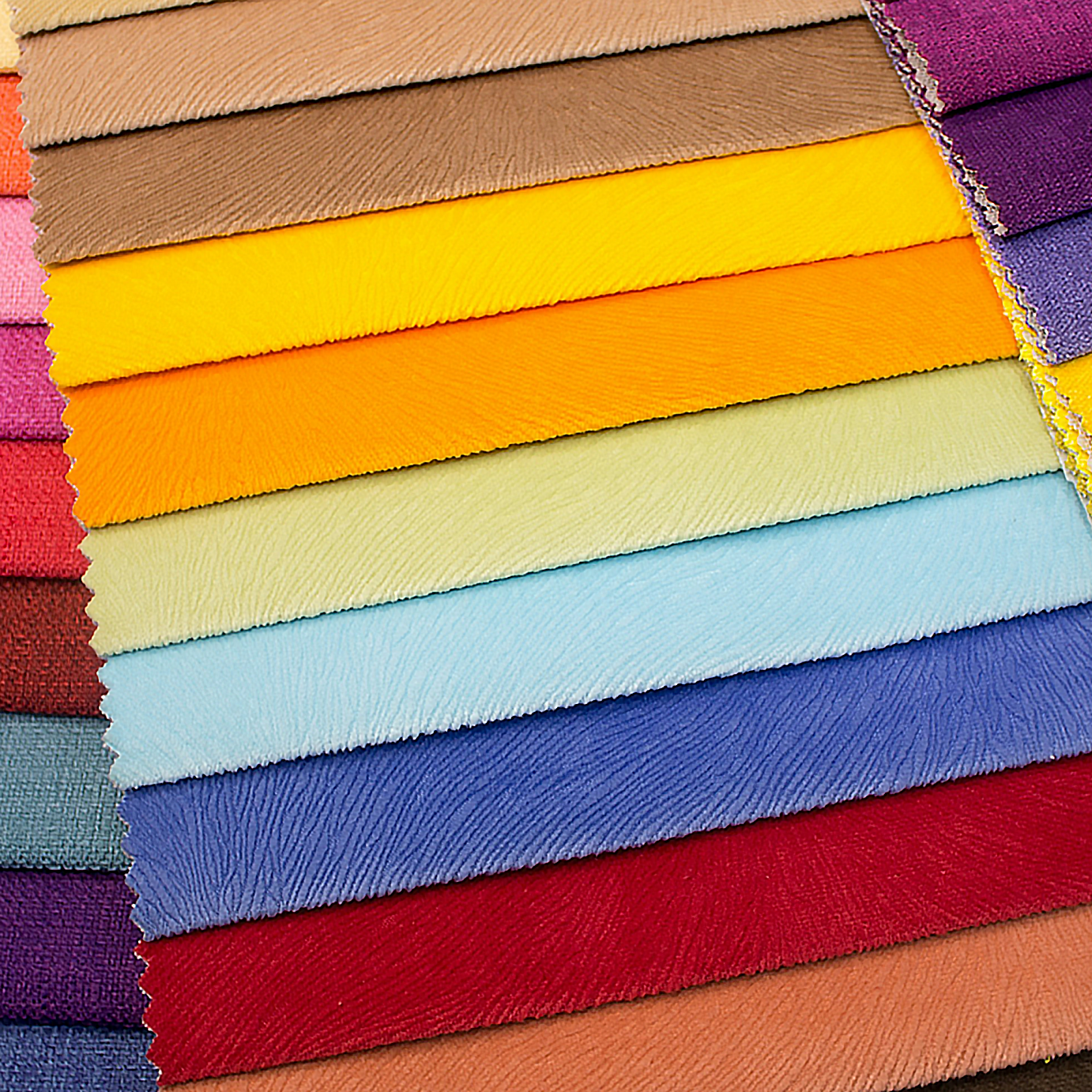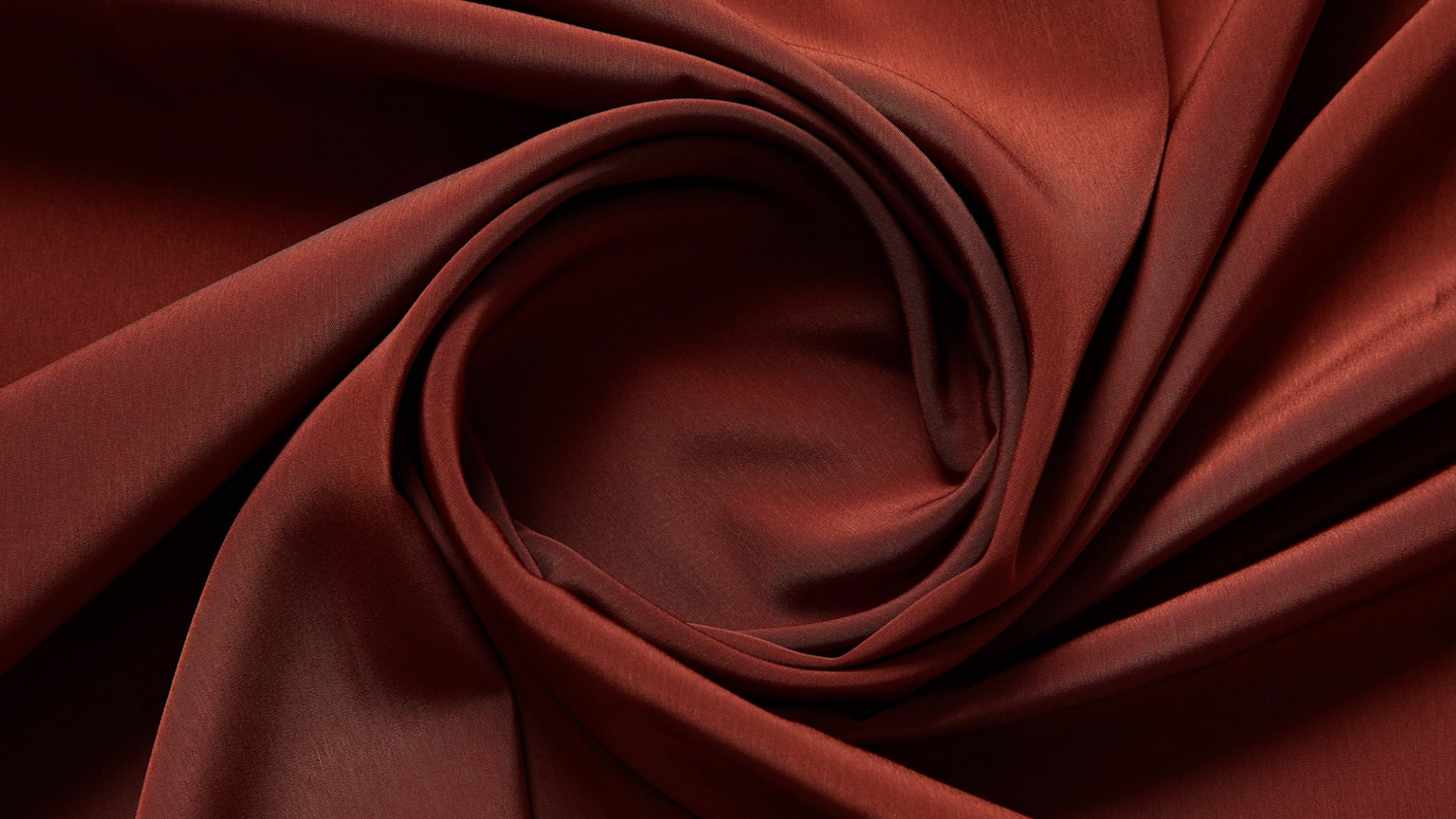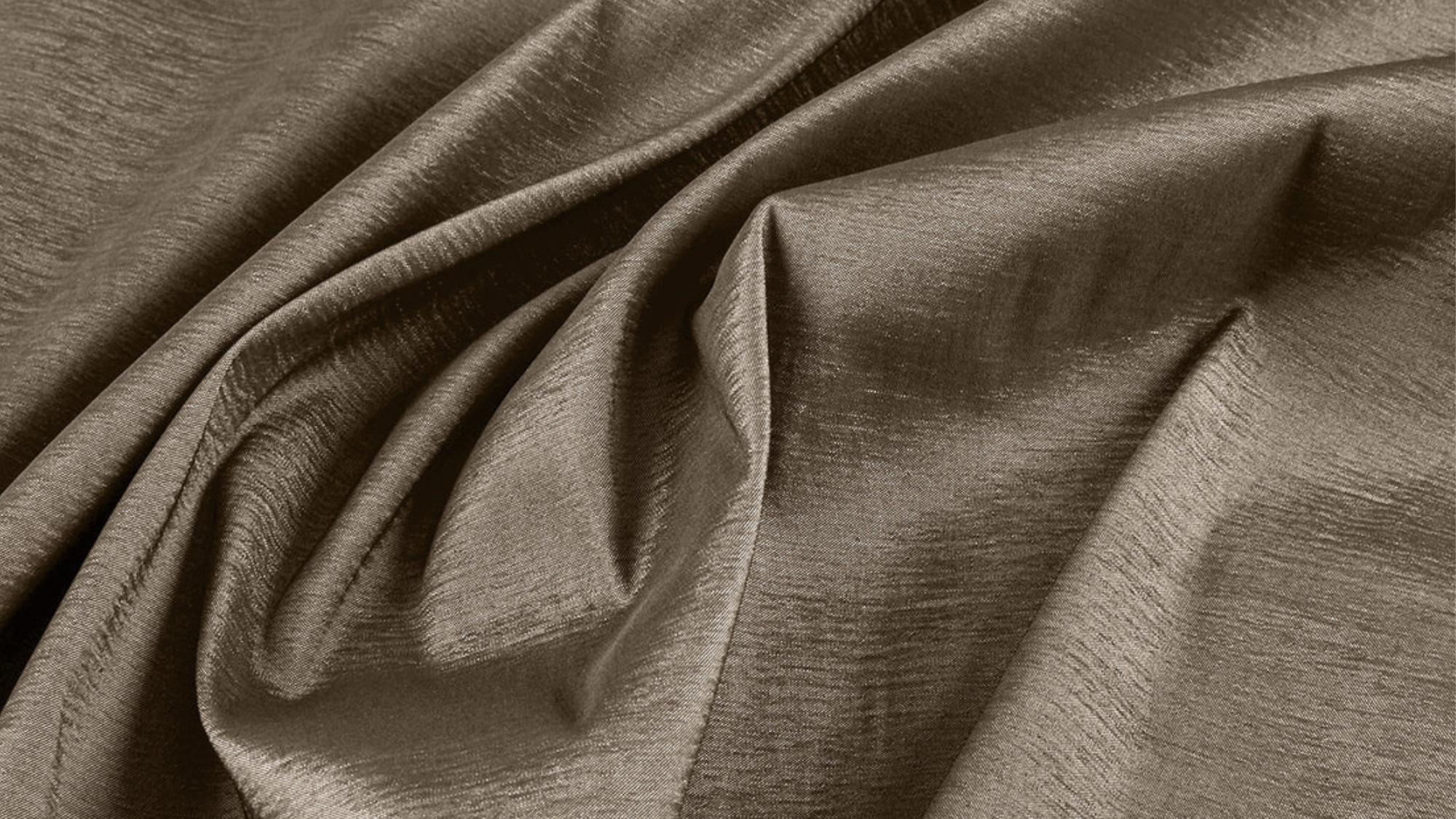
Crepe de Chine (pronounced 'krep-duh-sheen') is not just any fabric; it's a true classic cherished by designers and style aficionados for its unique characteristics and undeniable charm. In this blog post, we'll unravel the history behind this luxurious fabric, delve into its versatile applications, and provide you with all the tips you need to make the most of its timeless appeal.
What is Crepe de Chine fabric?
Crepe de Chine (sometimes called simply "crepe") is a lightweight, finely woven fabric known for its distinctive crepe texture. It is often made from silk, although there are also synthetic versions made from materials like polyester. crepe de chine is generally considered to be a good quality fabric. Here are some key characteristics of Crepe de Chine fabric:
- Texture: Crepe de Chine has a unique texture characterized by a slightly crinkled or pebbly surface. This texture is created through a special weaving process that gives the fabric a soft, subtle rippling effect.
- Weight: It is a lightweight fabric, which makes it ideal for flowy, draping garments. However, it can vary in weight depending on the specific type and blend of fibers used.
- Drape: Crepe de Chine has excellent draping qualities, making it a popular choice for dresses, blouses, and other garments that require fluid movement and a soft, elegant look.
- Shine: Crepe de Chine has a natural, luxurious sheen, while synthetic versions may have a matte finish.
- Versatility: It is a versatile fabric suitable for both casual and formal wear. It is often used in evening gowns, lingerie, blouses, scarves, and other high-quality clothing items.
- Comfort: Due to its lightweight and breathable nature, Crepe de Chine is comfortable to wear in warm weather.
- Printability: The surface of this fabric is often suitable for printing, which allows for a wide range of patterns and designs.
- Care: Crepe de Chine requires delicate care, including hand washing or dry cleaning to maintain its quality and shape. Synthetic versions may be more forgiving in terms of care.
- Color Retention: Crepe de Chine tends to hold dye well, resulting in vibrant and long-lasting colors.
Crepe de Chine is a luxurious fabric choice that is valued for its elegant appearance and versatility in fashion design. It offers a timeless and sophisticated look, making it a popular option for various clothing items, particularly those designed for special occasions or formal wear.

Zelouf Silky Crepe de Chine in Cobalt
Are there any disadvantages of crepe de chine fabric?
Crepe de Chine fabric is generally regarded as a high-quality and luxurious material, but like any fabric, it has its disadvantages and limitations. Here are some potential disadvantages of Crepe de Chine fabric:
- Delicacy: Crepe de Chine, especially when made from silk, is delicate and can be susceptible to snags, pulls, and damage from sharp objects or rough handling.
- Wrinkling: Crepe de Chine, particularly silk versions, can wrinkle easily. This may require careful handling and storage to prevent excessive wrinkling.
- Care Requirements: Silk Crepe de Chine typically requires special care, including delicate hand washing or dry cleaning. This can add to the cost and maintenance of garments made from this fabric.
- Price: High-quality Crepe de Chine, especially if made from pure silk, can be expensive compared to synthetic alternatives.
- Limited Stretch: Crepe de Chine usually has limited stretch or give, which may affect the comfort and fit of certain garments. Stretchier fabrics may be more suitable for items that require more mobility.
- Transparency: Some versions of Crepe de Chine, especially lighter colors, may be somewhat sheer, requiring the use of a lining or careful undergarment selection.
- Absorbency: Silk Crepe de Chine can absorb moisture easily, which may lead to water spots or staining if it comes into contact with liquids.
- Temperature Sensitivity: Silk Crepe de Chine can be sensitive to high heat, so care must be taken when ironing or steaming to avoid damage.
- Color Fading: While silk Crepe de Chine holds dye well, prolonged exposure to direct sunlight can cause colors to fade over time.
- Limited Availability: High-quality silk Crepe de Chine may not be readily available in all regions, making it less accessible for some consumers.
Despite these aspects, Crepe de Chine remains a popular choice for various fashion applications due to its luxurious appearance, elegant drape, and versatility. The choice of fabric should consider both its advantages and limitations, as well as the intended use and care preferences.
Is crepe de chine fabric difficult to sew?
Crepe de Chine fabric, whether made from silk or a synthetic material, can be somewhat challenging to sew, especially for beginners or those who are not familiar with working with delicate and lightweight fabrics. However, with the right techniques and some practice, it is definitely manageable. Here are some factors to consider when sewing Crepe de Chine:
- Needle and Thread: Use a fine, sharp needle appropriate for lightweight fabrics, such as a universal needle or a size 70/10 or 80/12 needle. Choose a lightweight thread that matches the fabric.
- Pinning: Be careful when pinning the fabric, as it can snag easily. Use fine, sharp pins and place them within the seam allowance to minimize visible holes.
- Seam Preparation: Consider finishing the raw edges of the fabric before sewing to prevent fraying. You can use techniques like French seams or zigzag stitching.
- Stabilizing: If your Crepe de Chine is particularly slippery or challenging to handle, consider using a temporary fabric stabilizer or tissue paper underneath it when sewing. This can help prevent the fabric from shifting.
- Sewing Machine Settings: Adjust your sewing machine's settings for lightweight fabrics. Lower the tension and use a shorter stitch length (around 2.0 mm) to prevent puckering.
- Handling: Be gentle when guiding the fabric through the sewing machine. Avoid stretching or pulling the fabric, as this can distort the seams.
- Pressing: Use a low to medium heat setting on your iron when pressing Crepe de Chine, and always use a pressing cloth to protect the fabric. Press gently and avoid dragging the iron.
- Seam Allowances: Use a narrow seam allowance, typically 1/4 inch (6mm) or 3/8 inch (9mm), to reduce bulk in the seams.
- Practice: If you're new to sewing with Crepe de Chine, practice on scrap pieces of the fabric first to get a feel for how it handles and to test your machine settings.
- Patience: Sewing with delicate fabrics like Crepe de Chine can require patience. Take your time and don't rush the process.
While sewing Crepe de Chine may present some challenges, it's worth the effort, as the fabric can result in beautifully draping garments. With practice and attention to detail, you can achieve great results when working with this fabric.

Zelouf Ashley Crepe Chiffon in Teal Delight
Does crepe fabric wrinkle easily?
Yes, Crepe de Chine fabric, particularly silk Crepe de Chine, is known to wrinkle relatively easily. The fine, lightweight nature of the fabric and its characteristic crepe texture can contribute to the formation of wrinkles. Even slight handling, folding, or wearing can cause creases and wrinkles to appear on the fabric's surface.
To minimize wrinkles when working with or wearing Crepe de Chine fabric, consider the following care tips:
- Storage: Store garments made from Crepe de Chine on hangers or in a way that minimizes folds and creases. Avoid overcrowding your closet to prevent excessive wrinkling.
- Hanging: Hang garments made from Crepe de Chine in a well-ventilated area to allow any wrinkles to naturally fall out over time.
- Steam: Use a handheld steamer to gently remove wrinkles from Crepe de Chine. Keep the steamer nozzle at a slight distance from the fabric to avoid direct contact with high heat.
- Avoid Overloading: When washing Crepe de Chine, avoid overloading the washing machine, as this can lead to more wrinkles. Give the fabric space to move freely during the wash.
- Ironing: If necessary, use a low to medium heat setting on your iron to remove wrinkles from Crepe de Chine. Always use a pressing cloth to protect the fabric, and iron on the wrong side of the fabric to avoid damaging the delicate surface.
- Professional Cleaning: For valuable or delicate Crepe de Chine garments, consider professional dry cleaning. Dry cleaning can help maintain the fabric's appearance and minimize wrinkling.
While Crepe de Chine does have a tendency to wrinkle, its luxurious drape and elegant appearance often make it worth the effort to care for and maintain. Proper storage and handling can help keep the fabric looking its best.
Where can I buy crepe de chine fabric?
At Zelouf Fabrics, we offer hundreds of varieties of Crepe de Chine fabric available wholesale or by the yard. Shop the collection and find your favorite.




